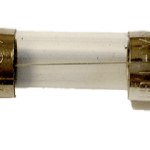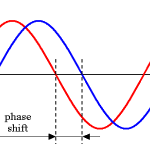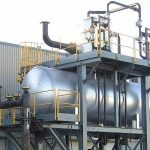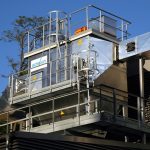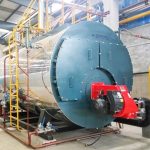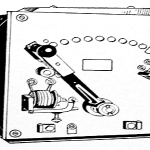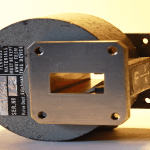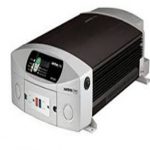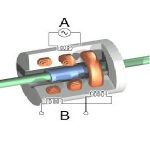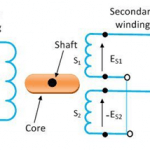In 1860, the lighting equipment, as well as telegraphs, are protected using an electrical wire which is named as an electrical fuse. The first fuse was discovered by a scientist namely "Thomas Edison". In an electric distribution system, the fuse is one kind of part. It is a safeguard device and it is used where a low melting thin material point is used. It works as a protective device when an extra current beyond its allowable value is flown. The … [Read more...]
What is Phase in Electricity – Difference Between Single and Three Phase
The transmission of electrical energy which is received from power stations can be done through transmission lines. After that, it is supplied to substations through the main distribution. At last for domestic consumers, it is supplied through secondary distribution. The single-phase power is used in small premises as well as homes. But generally, 3-phase power is mostly used over 1-phase power because 3-phase machinery is more sufficient than a 1-phase. … [Read more...]
What is a Deaerator – Working, Types & Applications
Usually, we utilize certain apparatus for generating Electricity. In that, a boiler plays an important role. For the appropriate function of the boiler & in order to evade corrosion in the boiler, the deaerator is used. In this, the contaminations which are there in the feed water will be detached. This article discusses the deaerator definition, working principle, its types, pros, cons, and its applications. What is the Function of Deaerator? It is … [Read more...]
Electrostatic Precipitator : Types, Working & Applications
In general, the steam or gases in the power plants can be produced through the fuel burning. A chimney in the plant can be used to release the gases into the atmosphere. These gases are very harmful to the environment as we ll as living organisms once they absorb because they include harmful particles. Because of these harmful gases, health issues will occur to human beings and other organisms. So these pollutants can cause global warming by polluting the … [Read more...]
Steam Boiler: Function, Classification & Applications
Generally, Power plants require steam for the purpose of heating. Hence, this purpose is fulfilled by the boiler, where the steam is produced by boiling water. Basically, the steam is produced by boiling water beyond its boiling point where it changes its state from liquid to vapor and this vapor is known as steam. So, for the production of steam, we require water and steam. To produce steam we need a boiler where available water is heated by means of some … [Read more...]
Three Point Starter – Working, Drawbacks and Applications
A device that gives the motor some initiation to start safely is known as Starter. Similarly, the three-point starter is common for the starting purpose which is used to start DC compound or shunt motors. While starting DC shunt motor it draws huge current from the line which damages the internal parts of the motor. So, a three-point starter helps in limiting the starting current such that the motor begins to attain speed slowly and runs smoothly. … [Read more...]
What is an Electrical Isolator : Working, Types & Its Applications
An electrical isolator which is commonly known as an isolator or disconnector is a piece of equipment that is used in electric devices and power systems with the main function of effectively isolating two different parts of an instrument. By definition, isolation is the process of complete separation of various parts of an apparatus and this separation can either be physical or electrical, or both. As already discussed the main purpose of an isolator is … [Read more...]
How to Build A Voltage Inverter Circuit, Working and Its Applications?
Generally, many people have confused on voltage inverter and converter, and their working principles. An inverter is an electrical device, which converts DC power to AC power and either increases or decreases the voltage level accordingly. In comparison, a converter changes the voltage level but does not change its type. So in converters, an AC voltage would still be AC and a DC voltage would still be in DC. Inverters are becoming more popular along with … [Read more...]
What are LVDT and RVDT : Comparison and Key Differences
Linear Variable Differential Transformer (LVDT) and rotary variable differential transformer (RVDT) is an electrical transformer type sensor used to measure the linear displacement and angular displacement respectively. The circuit diagram and working principle is similar to each other but differentiated in terms of core and shaft movements inside the module. These sensors are also called as electromechanical transducer due to the fact that it yields … [Read more...]
Rotary Variable Differential Transformer (RVDT) Theory
First of let’s begin with RVDT definition. The Rotary Variable Differential Transformer (RVDT) can be defined as a transformer which is capable to sense angular displacement and convert it into alternating current. This is basically a kind of electromechanical transducer which has ability giving linear output directly in proportional to that of the input of angular displacement. Circuit Diagram of RVDT The following is a generic circuit diagram or RVDT … [Read more...]
